
 |
|
|
Vegetables
Volume 65 Number 5 Date 05/28/2020 COLORADO POTATO BEETLE - Home gardeners and potato growers can expect to see overwintered beetles on plants during the first or second week of June. Managing these early adults will lower egg laying potential and help reduce later crop damage. For small to moderate-scale farms, control methods such as planting a trap crop two weeks in advance of the main crop and destroying the trap crop with a mechanical method like a soil chopper can be effective in combination with other tactics. Crop rotation and relocating this year's crop up to ½ mile from last year's field (if practical), can also have a reduce early-season pressure. This insect has developed resistance to several insecticides and effective control requires a varied approach that uses non-chemical methods. BLACK CUTWORM - Routine inspection of seedling and recently transplanted vegetables for evidence of black cutworm feeding is advised now that larvae have reached the damaging late-instar stages. Cutworms feed on the stems of young plants at the soil line and can be destructive where transplants are planted through black plastic or a similar weed barrier. These barriers provide a protective covering for cutworms, making them more difficult to control. Beans, cabbage, carrots, celery, corn, lettuce, peas, peppers, potatoes and tomatoes are all at risk of injury. IMPORTED CABBAGEWORM - First-generation larvae are appearing on cabbage transplants. Growers are encouraged to inspect gardens and larger cabbage plantings regularly for the yellow eggs laid singly on plants and for the velvety green caterpillars with a yellow longitudinal stripe. The economic threshold for this pest in cabbage is 30% infestation at the transplant-to-cupping stages. ONION MAGGOT - Peak emergence has occurred in southern and central Wisconsin and is anticipated next week across the northern counties, following the accumulation of 680 degree days (simple base 40°F). The spring onion maggot generation is typically the most damaging, especially where onions are grown in succession. Annually rotating onion planting locations is one basic approach to maggot control. Damage exceeding 5-10% is considered high enough warrant soil insecticide use. -- Krista Hamilton, DATCP Entomologist 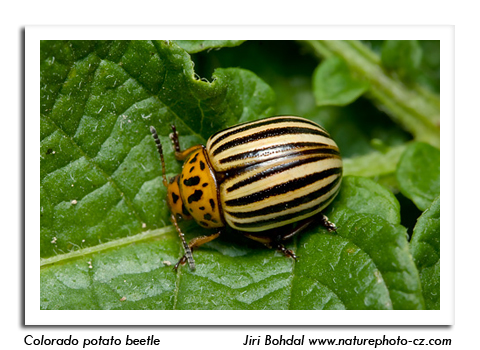
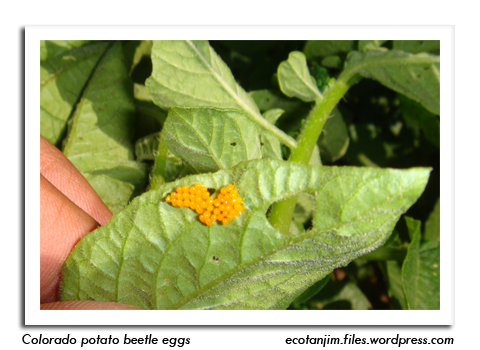
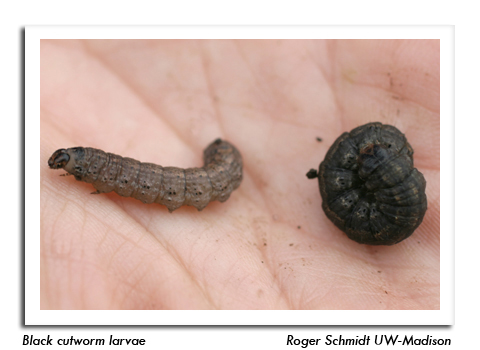
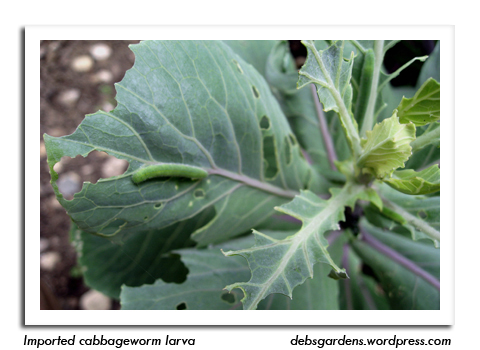
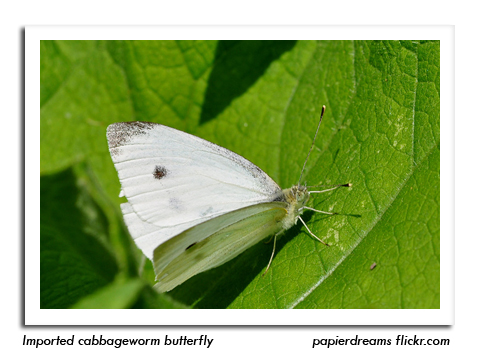
.jpg)
|
|
|